Home>Ideas and Tips>Self-Healing Floor Coatings Durable Surface Solutions
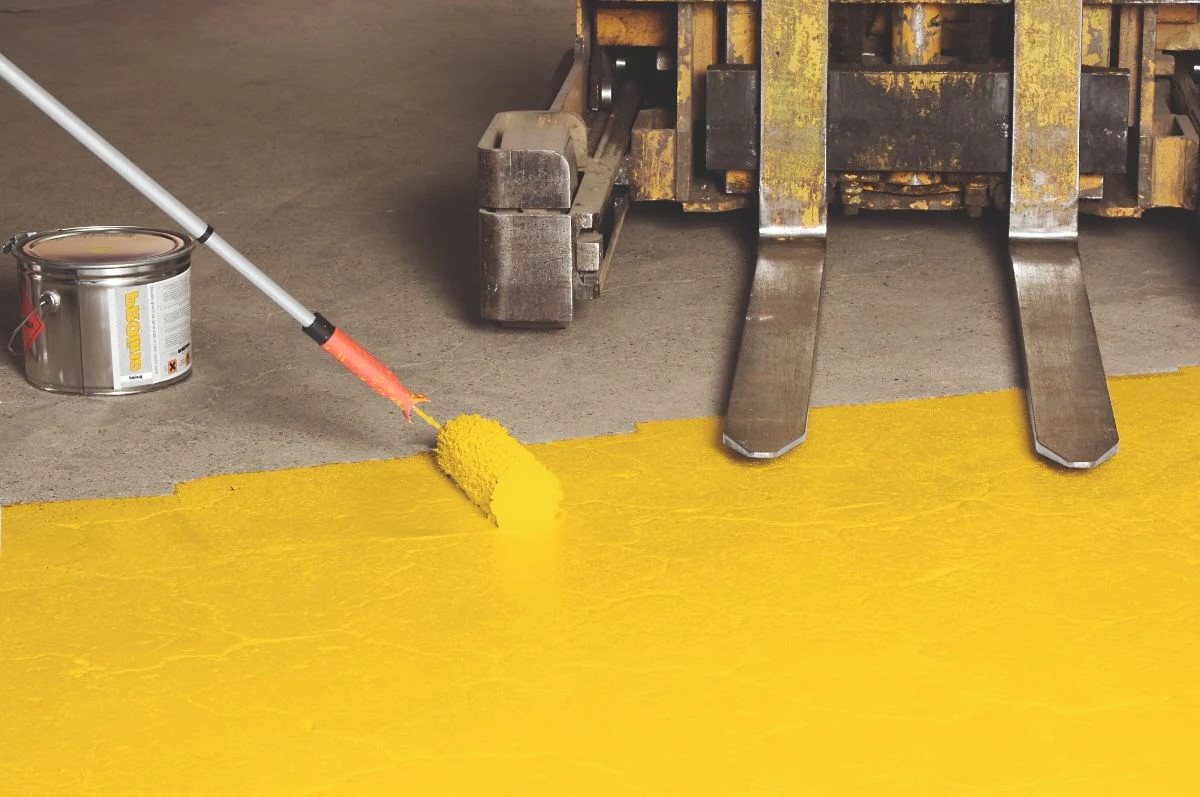

Ideas and Tips
Self-Healing Floor Coatings Durable Surface Solutions
Published: September 22, 2024
Discover the benefits of self-healing floor coatings for durable, low-maintenance surfaces in residential, commercial, and industrial settings.
(Many of the links in this article redirect to a specific reviewed product. Your purchase of these products through affiliate links helps to generate commission for Storables.com, at no extra cost. Learn more)
In the realm of home improvement, one of the most critical aspects of maintaining a house is ensuring that the floors are durable and long-lasting. Over time, floors can suffer from various forms of damage, ranging from scratches and cracks to more severe issues like water damage and corrosion. Traditional floor coatings often lack the ability to self-heal, which means they require frequent repairs and replacements. However, with the advent of self-healing technologies, it is now possible to create floor coatings that can repair themselves after being damaged. In this article, we will delve into the world of self-healing floor coatings, exploring their benefits, mechanisms, and applications.
Introduction to Self-Healing Coatings
Self-healing coatings are materials that possess the ability to repair themselves after being damaged. These coatings are designed with specific mechanisms that allow them to restore their original properties, such as superhydrophobicity or corrosion resistance, after being subjected to mechanical or chemical stress. The concept of self-healing materials has been around for several decades but has gained significant attention in recent years due to advancements in nanotechnology and materials science.
Historical Background
The idea of self-healing materials dates back to the 1960s when researchers first introduced the concept of microcapsules filled with healing agents. These microcapsules were designed to rupture when the material was damaged, releasing the healing agent that would then repair the damage. However, early self-healing materials were often limited by their complexity and lack of durability. It wasn't until the 2000s that significant breakthroughs were made in the field, particularly with the development of nanomaterials and advanced microcapsule technologies.
Mechanisms of Self-Healing
Self-healing coatings can be categorized into two main types: autonomous and non-autonomous. Autonomous self-healing coatings rely on internal mechanisms within the material itself to repair damage, whereas non-autonomous coatings require external stimuli such as heat, light, or chemicals to initiate the healing process.
-
Autonomous Self-Healing:
- Microcapsules: One of the most common mechanisms for autonomous self-healing involves the use of microcapsules filled with healing agents. When the material is damaged, the microcapsules rupture, releasing the healing agent that then flows to the damaged area and repairs it.
- Polymer Networks: Another approach involves creating polymer networks that can re-form after being broken. This is often achieved through the use of dynamic covalent bonds or reversible cross-linking agents.
-
Non-Autonomous Self-Healing:
- Thermal Healing: Many self-healing coatings can be thermally healed. This involves applying heat to the damaged area, causing the healing agent to melt and flow towards the damage site where it solidifies and repairs the material.
- Light-Induced Healing: Some coatings can be healed using light. For example, certain polymers can be designed to undergo a photochemical reaction when exposed to specific wavelengths of light, leading to the formation of new bonds and thus repairing the damage.
Applications of Self-Healing Floor Coatings
Self-healing floor coatings offer numerous benefits over traditional coatings, making them ideal for various applications:
-
Residential Use:
- Self-healing floor coatings are particularly useful in residential settings where floors are subject to heavy foot traffic and potential spills. These coatings can quickly repair minor scratches and stains, extending the lifespan of the floor.
- For example, a self-healing epoxy-based double-layer nanocomposite coating modified with Zirconia nanoparticles has shown excellent durability and self-healing properties under various environmental conditions.
-
Commercial Use:
- In commercial settings such as offices, restaurants, and retail stores, self-healing floor coatings can provide a durable and low-maintenance solution. They can withstand heavy foot traffic and spills while maintaining their appearance.
- A study on self-healing superhydrophobic coatings demonstrated their potential in oil/water separation applications, which could be beneficial for industrial settings.
-
Industrial Use:
- In industrial environments where machinery and heavy equipment are used, self-healing floor coatings can offer significant advantages. They can protect against chemical spills and mechanical damage while ensuring a safe working surface.
- For instance, self-healing coatings based on fluoroalkyl silane-loaded microcapsules have shown excellent performance in waterborne applications, making them suitable for industrial use.
Case Studies and Examples
Several case studies and examples illustrate the practical applications of self-healing floor coatings:
-
Biocompatible Superhydrophobic Coatings:
- Researchers at Erciyes University developed a fluorine-free and biocompatible superhydrophobic coating composed of silica nanoparticles and carnauba wax. This coating exhibits fast self-healing properties under moderate heating and displays increased water repellency and thermal stability after healing.
- The coating’s biocompatibility was tested by exposing it to fibroblast L929 cells, showing a viability rate of ∼90%, making it suitable for use in medical facilities or areas where cleanliness is paramount.
-
Thermal Healing Coatings:
- A study published in Science Direct demonstrated the effectiveness of thermal healing in self-healing coatings. The coating used in this study consisted of microcapsules filled with a healing agent that melted and flowed towards the damage site when heated, effectively repairing the material.
-
Light-Induced Healing Coatings:
- Researchers have also explored light-induced healing mechanisms for self-healing coatings. For example, certain polymers can undergo photochemical reactions when exposed to specific wavelengths of light, leading to the formation of new bonds and thus repairing the damage.
Benefits of Self-Healing Floor Coatings
Self-healing floor coatings offer several benefits over traditional coatings:
- Durability: Self-healing coatings can extend the lifespan of floors by repairing minor damages before they become major issues.
- Low Maintenance: These coatings require less maintenance as they can repair themselves without the need for frequent repairs or replacements.
- Environmental Sustainability: Many self-healing coatings are made from environmentally friendly materials and can reduce waste by minimizing the need for new coatings.
- Cost-Effectiveness: While the initial cost of self-healing coatings might be higher than traditional ones, they can save money in the long run by reducing maintenance costs and extending the lifespan of the floor.
Challenges and Limitations
Despite their numerous benefits, self-healing floor coatings face several challenges and limitations:
- Complexity: The design and fabrication of self-healing coatings can be complex and require specialized knowledge in materials science and nanotechnology.
- Cost: While cost-effective in the long run, self-healing coatings often have a higher initial cost compared to traditional coatings.
- Scalability: Scaling up production while maintaining the quality of self-healing coatings can be challenging.
- Interoperability: Ensuring that self-healing coatings work seamlessly with different substrates and environmental conditions is crucial but can be difficult to achieve.
Future Directions
The field of self-healing materials is rapidly evolving, with ongoing research aimed at improving their performance and scalability:
- Advanced Microcapsules: Developing more advanced microcapsules that can release healing agents more efficiently and effectively is an area of active research.
- Nanomaterials: Incorporating nanomaterials into self-healing coatings can enhance their durability and performance.
- Smart Coatings: Creating smart coatings that can adapt to different environmental conditions and stimuli is another area of focus.
Conclusion
Self-healing floor coatings represent a significant advancement in home improvement technology, offering durable and low-maintenance solutions for various applications. By understanding the mechanisms behind these coatings and their practical applications, homeowners and businesses can benefit from their numerous advantages. While challenges remain, ongoing research promises to address these limitations, paving the way for even more sophisticated self-healing materials in the future.
In conclusion, self-healing floor coatings are not just a novelty but a practical solution for those seeking durable and sustainable flooring options. As technology continues to evolve, we can expect even more innovative applications of self-healing materials in various industries, transforming how we approach maintenance and durability in our daily lives.
References: Zhang Hongliang, Guo Zhiguang. "Recent advances in self-healing superhydrophobic coatings." ScienceDirect, 2025. Nusret Celik et al. "Self-Healing of Biocompatible Superhydrophobic Coatings: The Interplay of the Size and Loading of Particles." NCBI, 2025. PCI Magazine. "Self-healing coatings." PCI Magazine, 2025. Zhang Fan et al. "Self-healing mechanisms in smart protective coatings: A review." ScienceDirect, 2018. Xiang Siyuan Liu Wendong. "Self‐Healing Superhydrophobic Surfaces: Healing Principles and Applications." Wiley Online Library, 2021.
Was this page helpful?
At Storables.com, we guarantee accurate and reliable information. Our content, validated by Expert Board Contributors, is crafted following stringent Editorial Policies. We're committed to providing you with well-researched, expert-backed insights for all your informational needs.

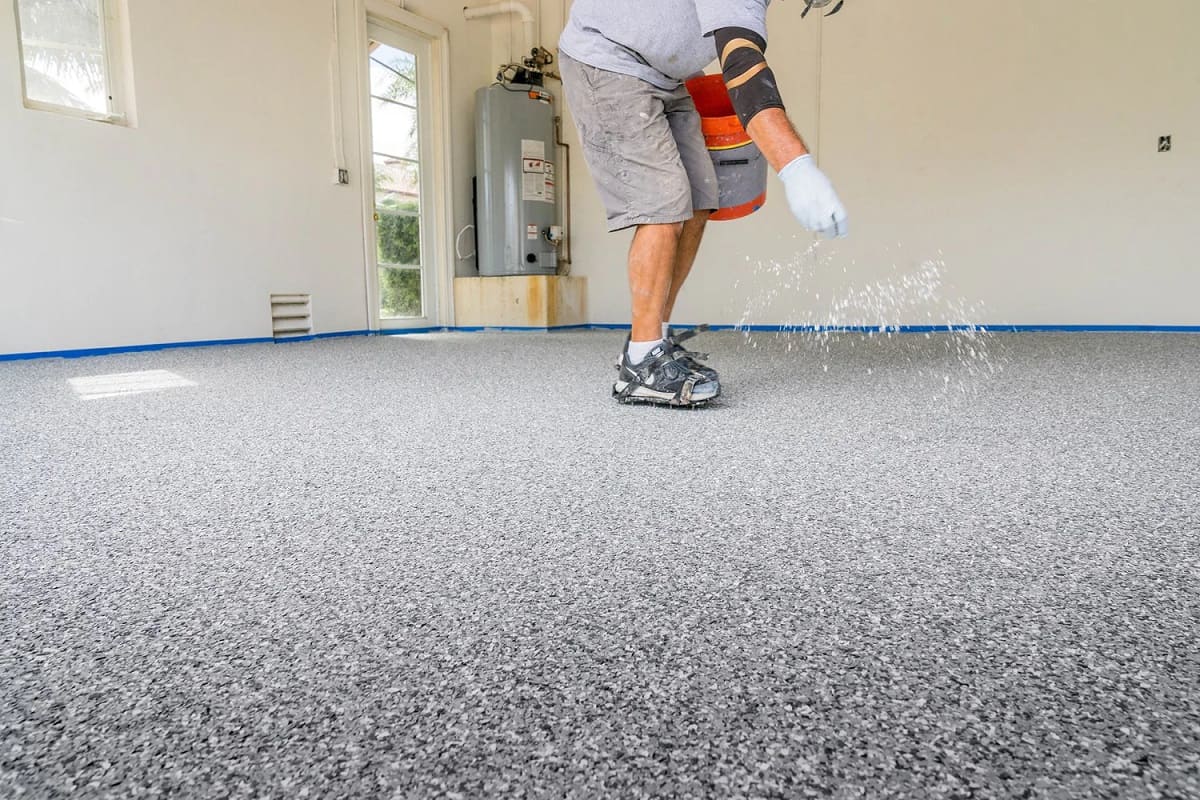
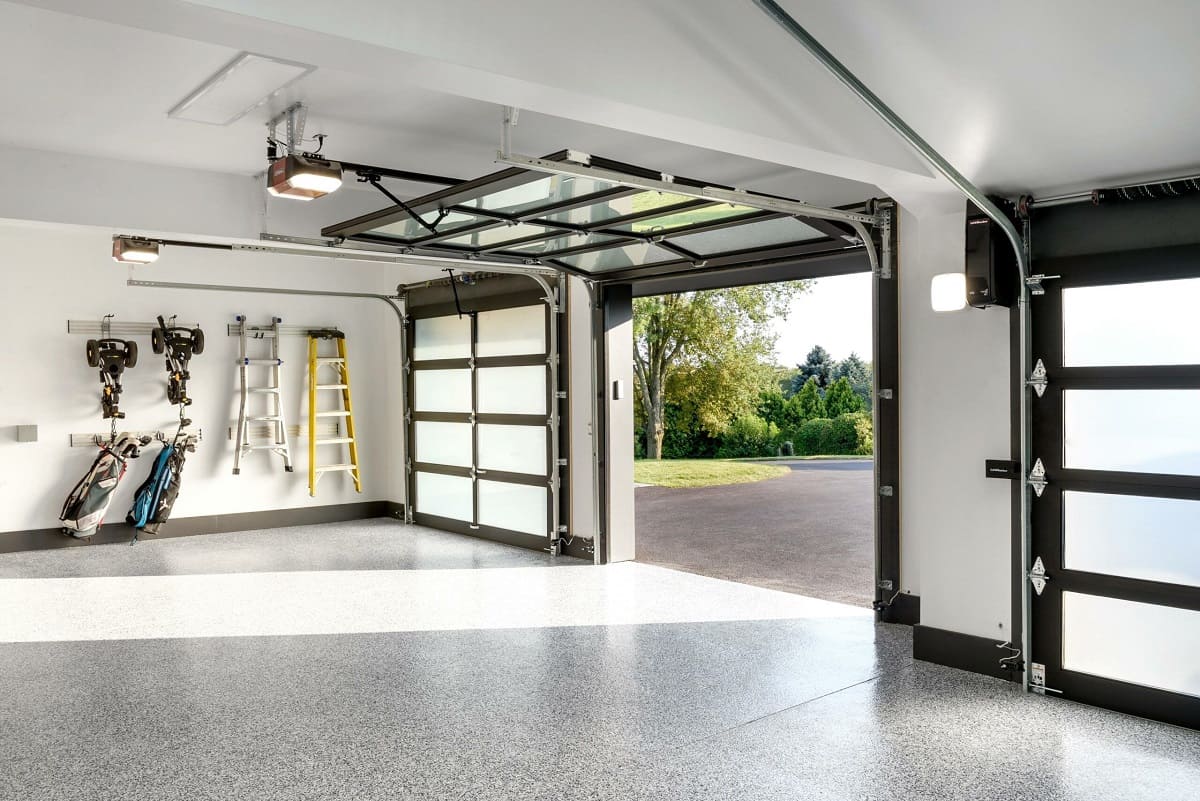
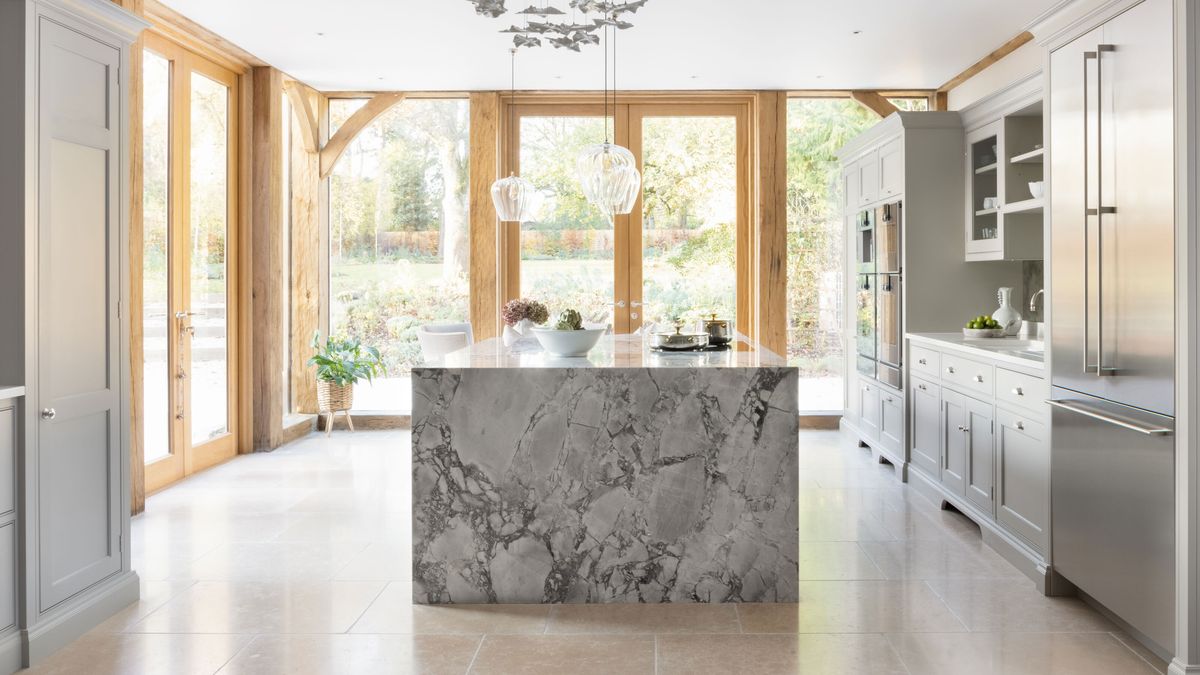
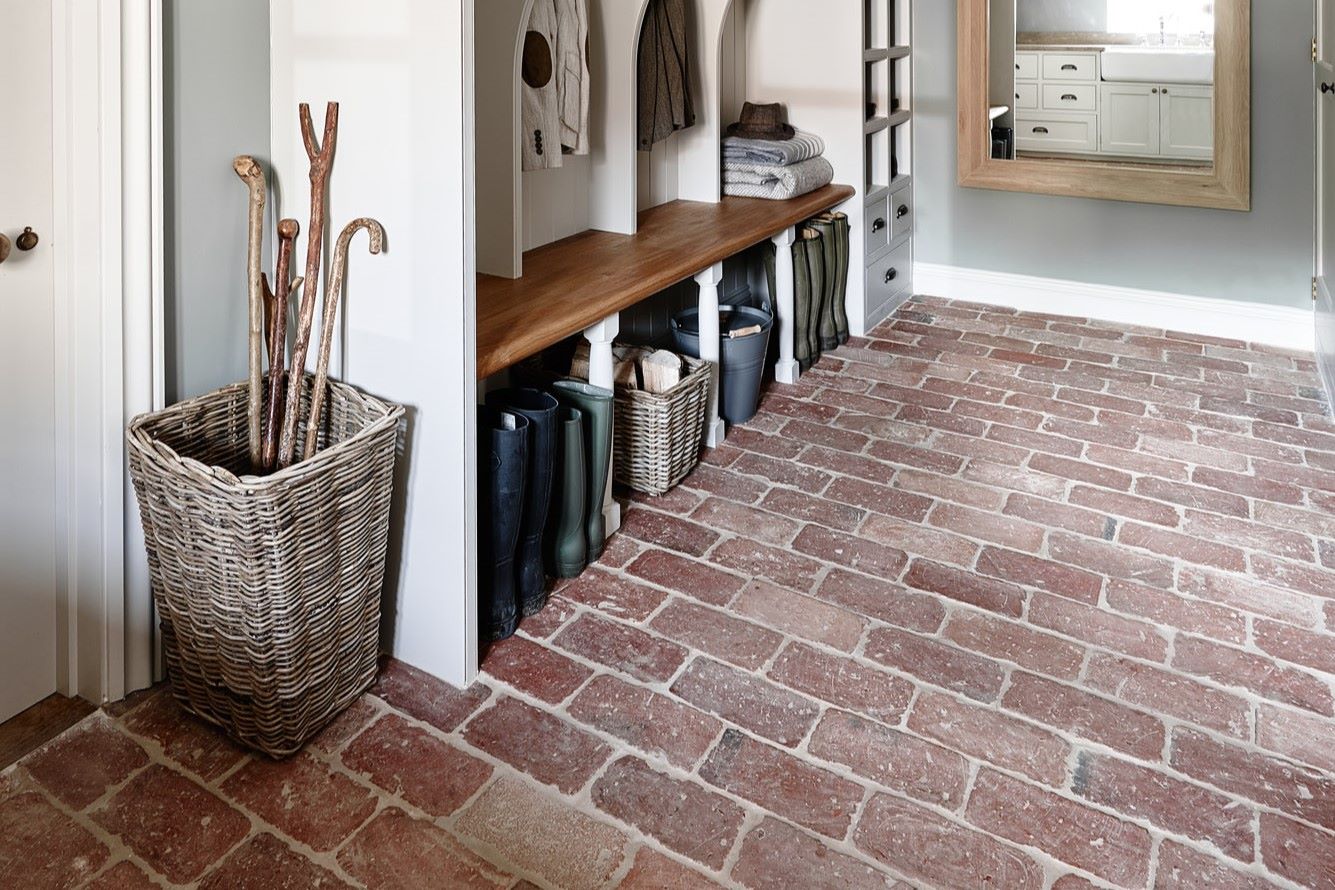
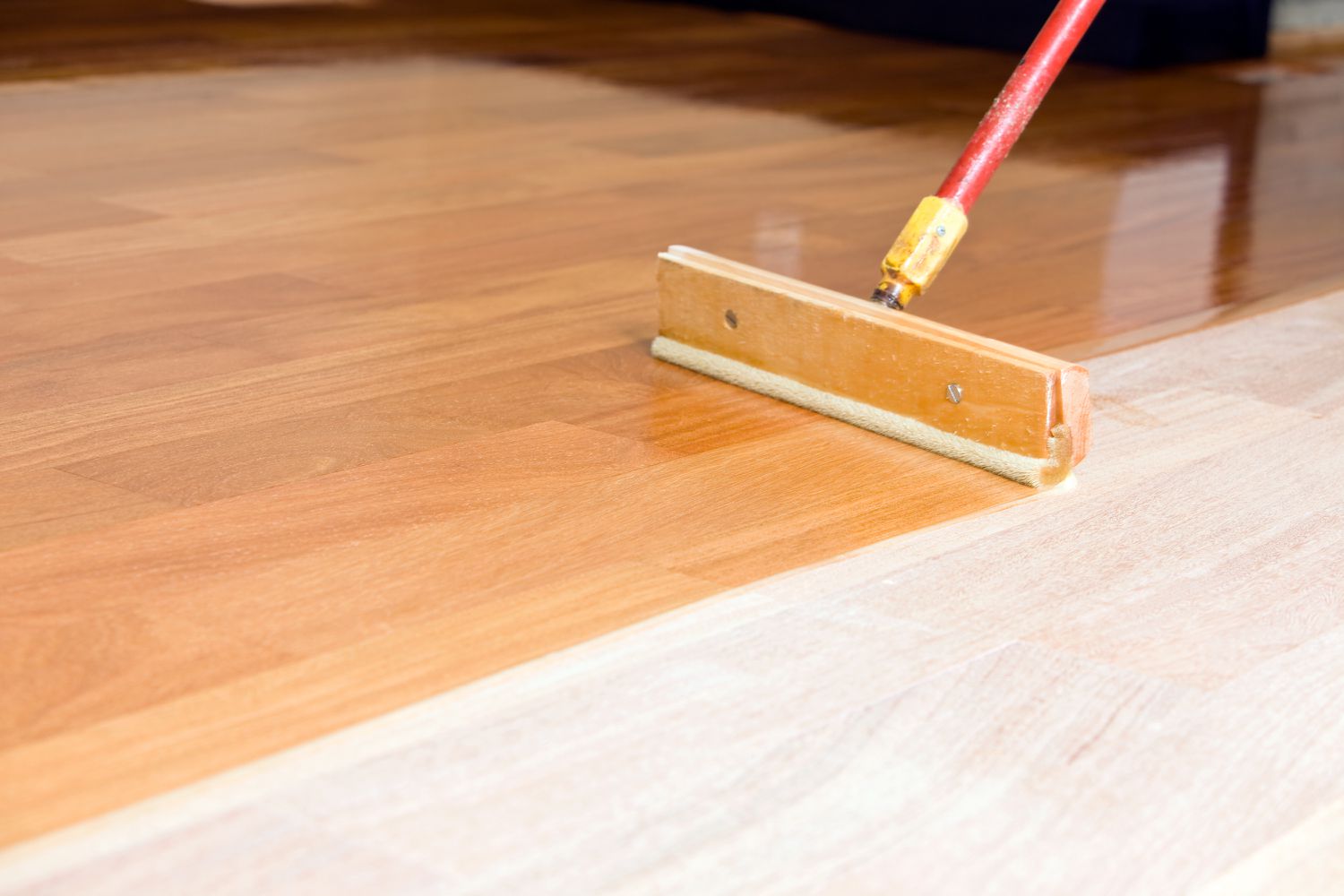
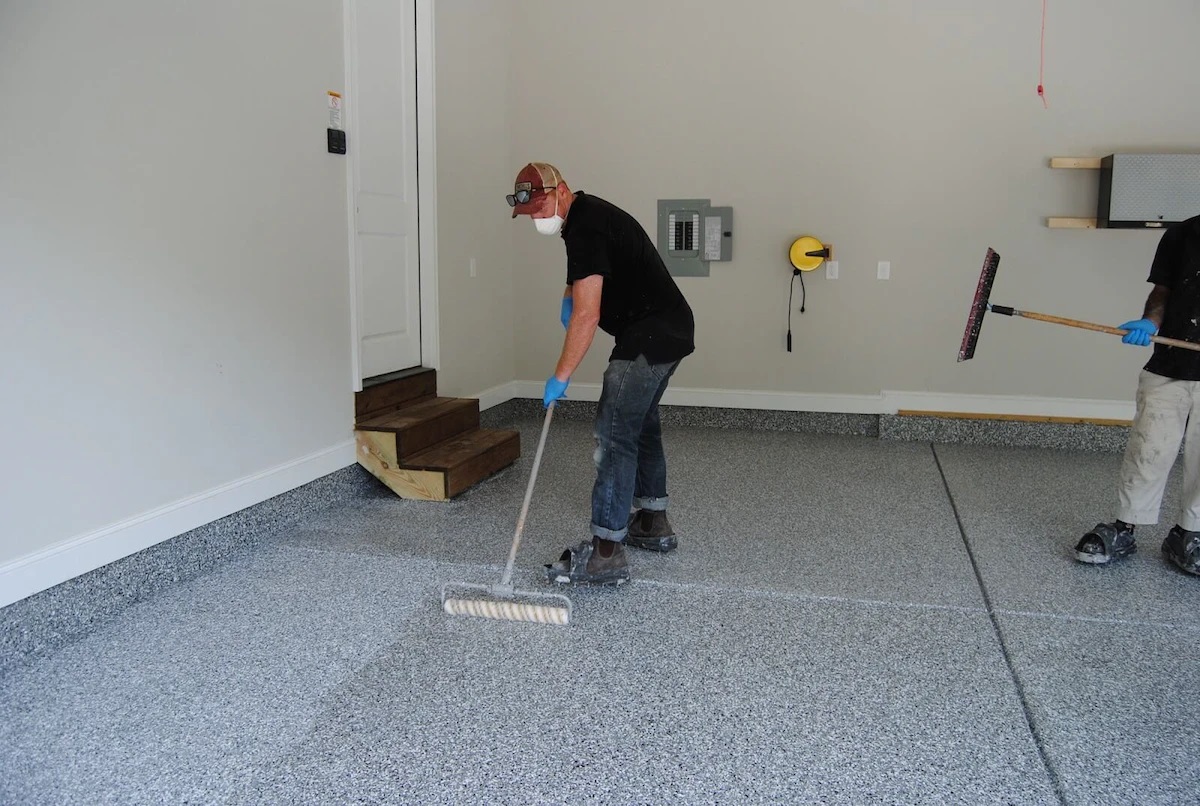
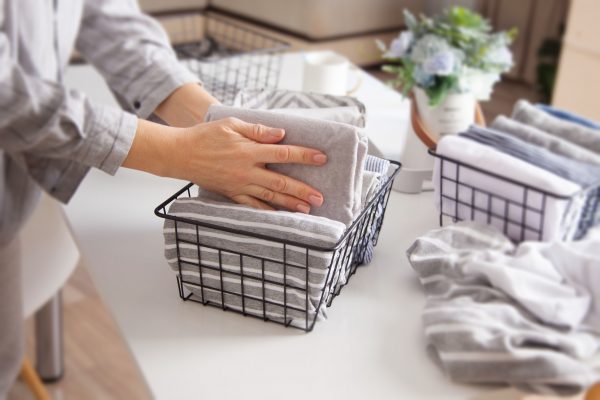
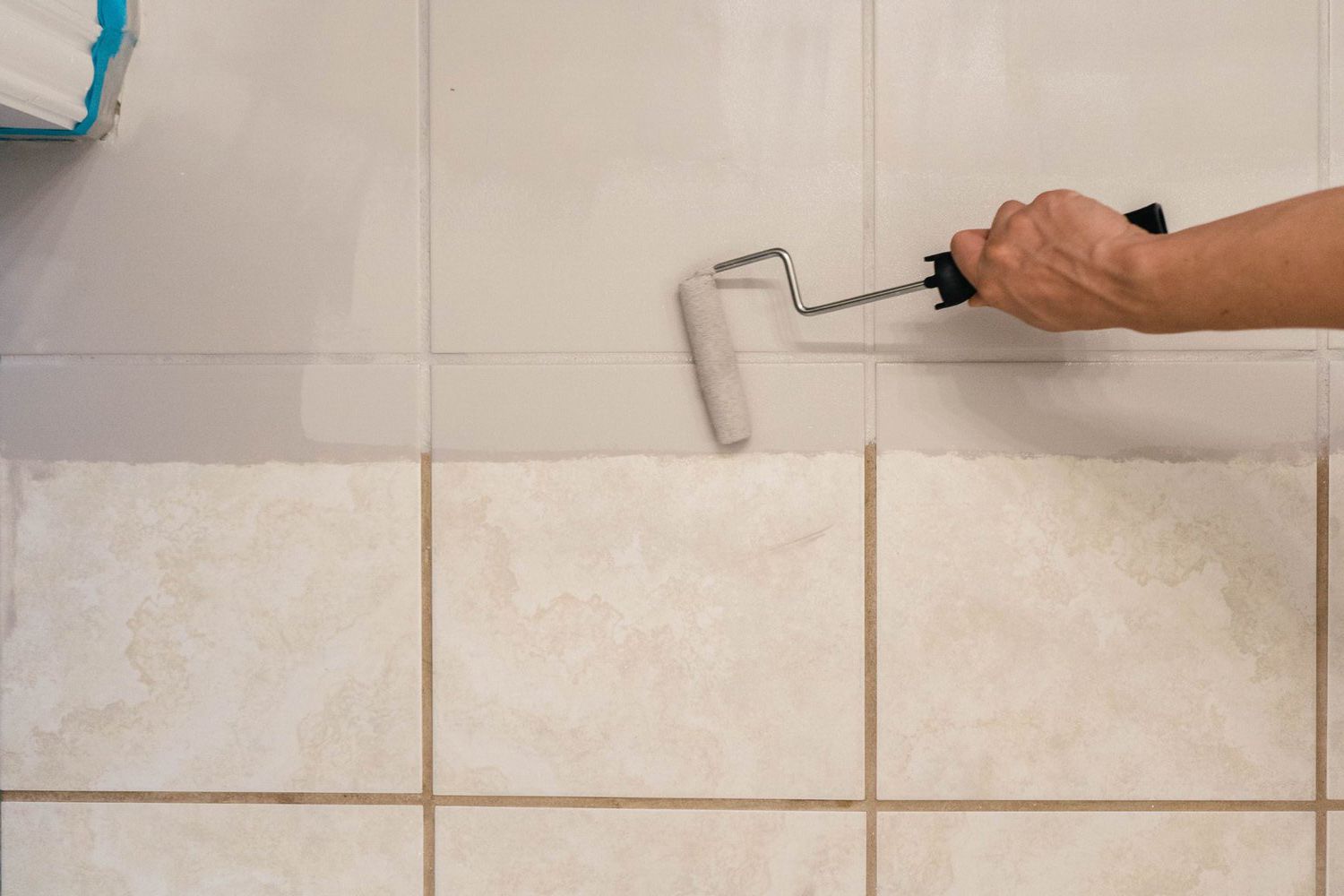

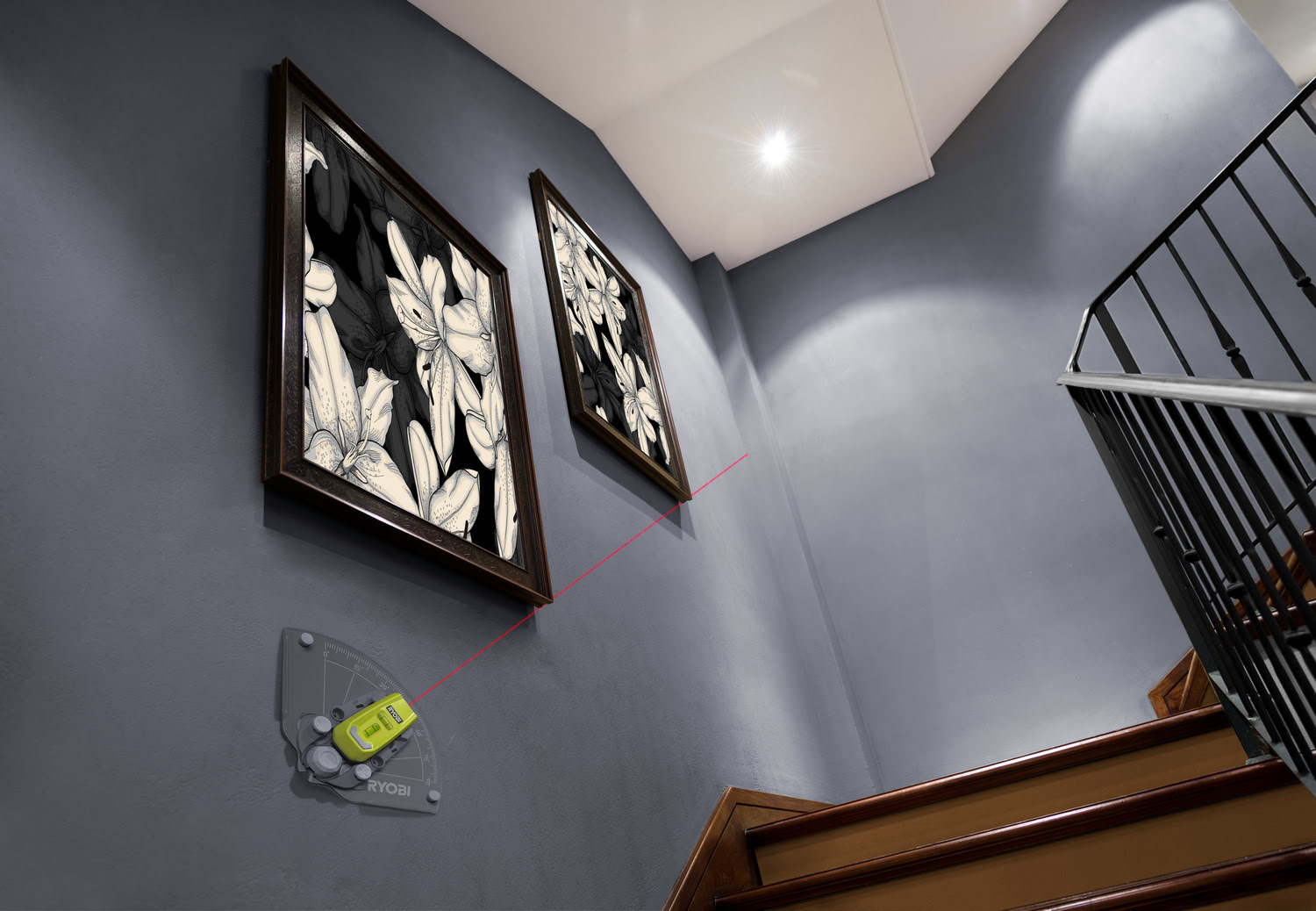
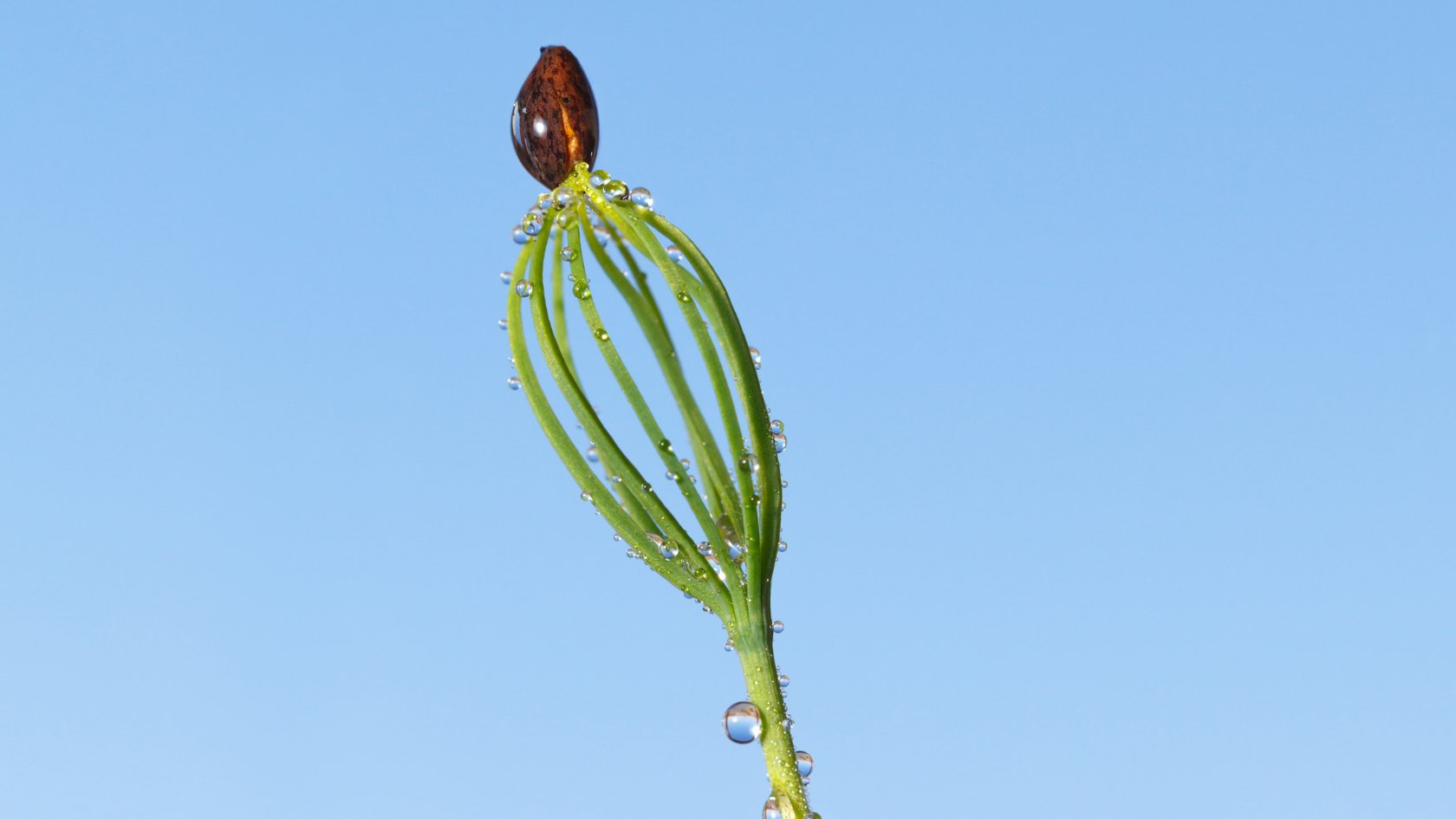

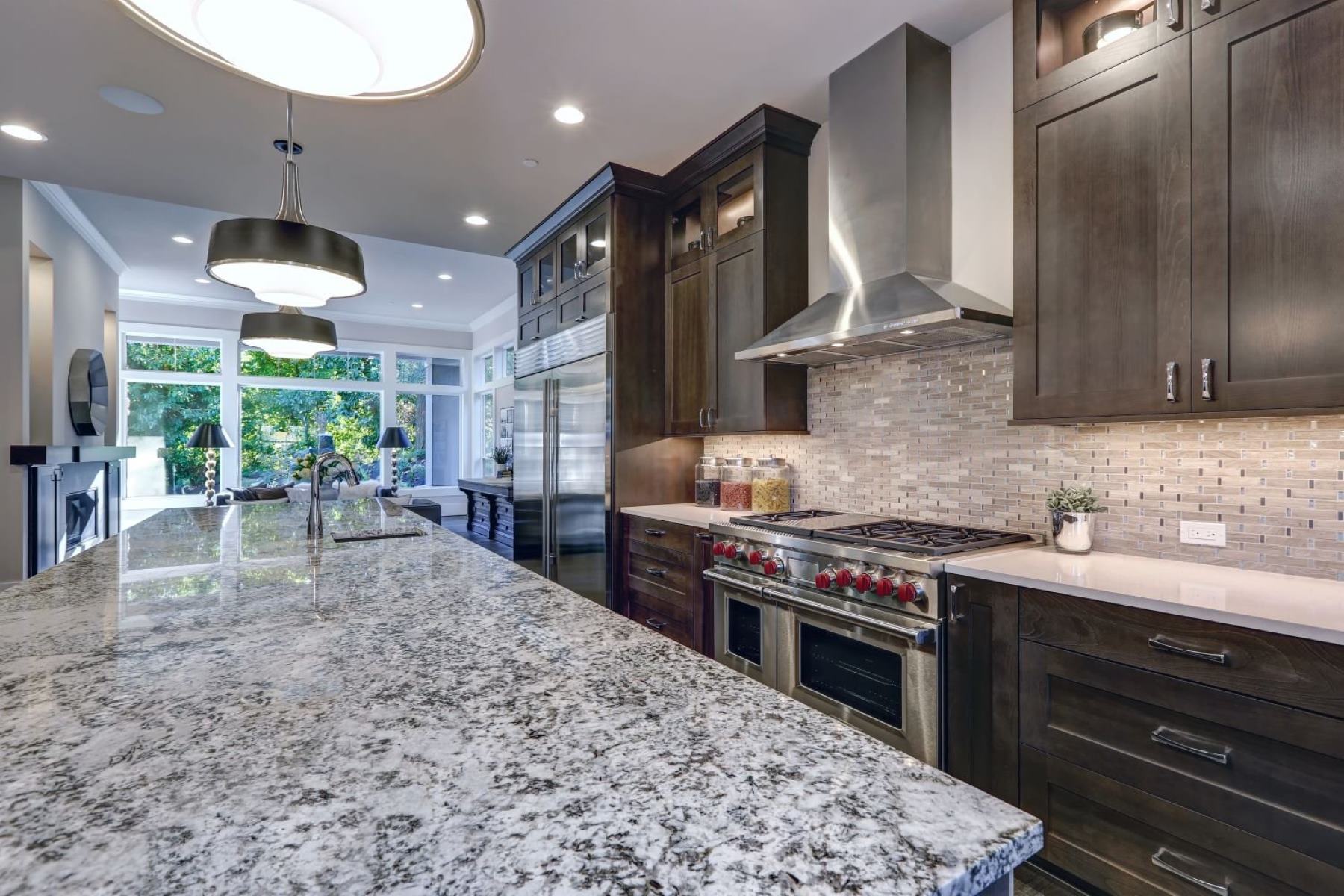

0 thoughts on “Self-Healing Floor Coatings Durable Surface Solutions”